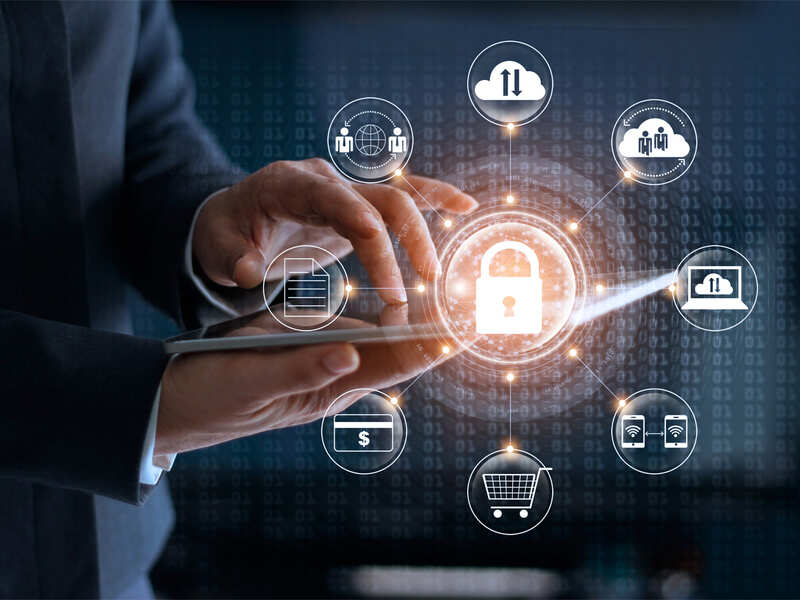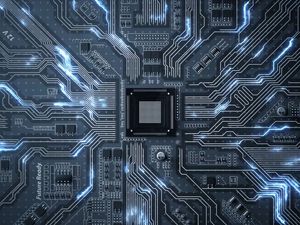
In today’s digital age, the internet has become an integral part of our lives. We use it for communication, entertainment, and business purposes. However, the rise of technology has also led to an increase in cybersecurity concerns. Cybercrime is becoming more prevalent, and hackers are constantly finding new ways to exploit vulnerabilities on the internet.
So, what exactly is cybersecurity, and how does hacking fit into this picture? Cybersecurity refers to the practice of protecting digital devices, online services, and networks from unauthorized access, theft, and damage. Hacking, on the other hand, is an activity where unauthorized individuals attempt to gain access to computer systems, networks, or data. Hacking is often done with malicious intent, such as stealing personal information or disrupting vital services.

There are many types of cyber attacks that hackers can carry out, ranging from phishing scams, ransomware attacks, and DDoS attacks. A DDoS attack is a type of attack where a website or server is flooded with traffic, making it inaccessible to legitimate users. Ransomware attacks involve hackers encrypting a victim’s data, then demanding payment in exchange for the decryption key.
Protecting yourself from cyber threats requires a multi-faceted approach that involves several best practices. Here are some essential steps to take to safeguard your digital world:
- Keep your software updated- software updates often include patches to fix security vulnerabilities.
- Create strong passwords- use complex and unique passwords for all your accounts.
- Be cautious online– be mindful of clicking on suspicious links or downloading attachments from unknown sources.
- Use antivirus software- antivirus software can detect and remove malware from your computer.
- Regularly backup data- having a backup of your important data can help you to quickly recover in the event of a ransomware attack.
- Enable two-factor authentication- this will add an extra layer of security to your accounts.
Cybersecurity and hacking are two sides of the same coin. As our reliance on technology continues to grow, it’s essential to take proactive steps to protect ourselves and our digital assets from cyber threats. By following best practices and maintaining constant vigilance, we can stay one step ahead of potential cyber attackers. Stay safe online!

The Revolution of Biometric Technology: Enhancing Security and Efficiency
Biometric technology refers to the process of identifying or verifying individuals based on their physiological or behavioral characteristics. Biometric characteristics may include fingerprints, iris, facial structures, voice patterns, or even behavioral patterns such as keystrokes. This technology has emerged as a revolutionary solution for enhancing security and efficiency across various industries.
Biometric technology is widely used in physical access control systems in buildings, airports, and other secure facilities. It has replaced traditional methods such as keycards or passwords, which can be easily cloned or hacked. Biometric systems make it virtually impossible for unauthorized individuals to gain access by using someone else’s identity.
In addition to security, biometric technology is also used in banking and financial services. The integration of biometric authentication in mobile banking apps has significantly reduced fraudulent activities such as identity theft or account takeover. Customers can now verify their identity by simply using their fingerprint, facial recognition, or voice recognition, making the authentication process seamless and secure.
The healthcare industry is also rapidly adopting biometric technology to streamline patient identification and improve patient safety. Biometric systems can verify a patient’s identity accurately and quickly, reducing the risk of medical errors and ensuring the right treatment is administered to the right patient.
Another industry taking advantage of biometric technology is the travel and tourism sector. Biometric systems are being used in airports to improve security and passenger experience. Facial recognition technology is used to identify passengers at check-in, security checkpoints, and at boarding gates. This technology eliminates the need for physical documents and reduces the time spent in long queues, making the process faster and more efficient.
Biometric technology is also used in law enforcement, with facial recognition being used to track down criminals and identify suspects. It has proved to be a useful tool in solving crimes and improving public safety.
Biometric technology has revolutionized various industries by enhancing security and efficiency. From physical access control systems to mobile banking apps, healthcare, travel, tourism, and law enforcement, this technology has proven to be a game-changer. As the technology continues to advance, we can expect more innovative uses and applications of biometrics in the future.


